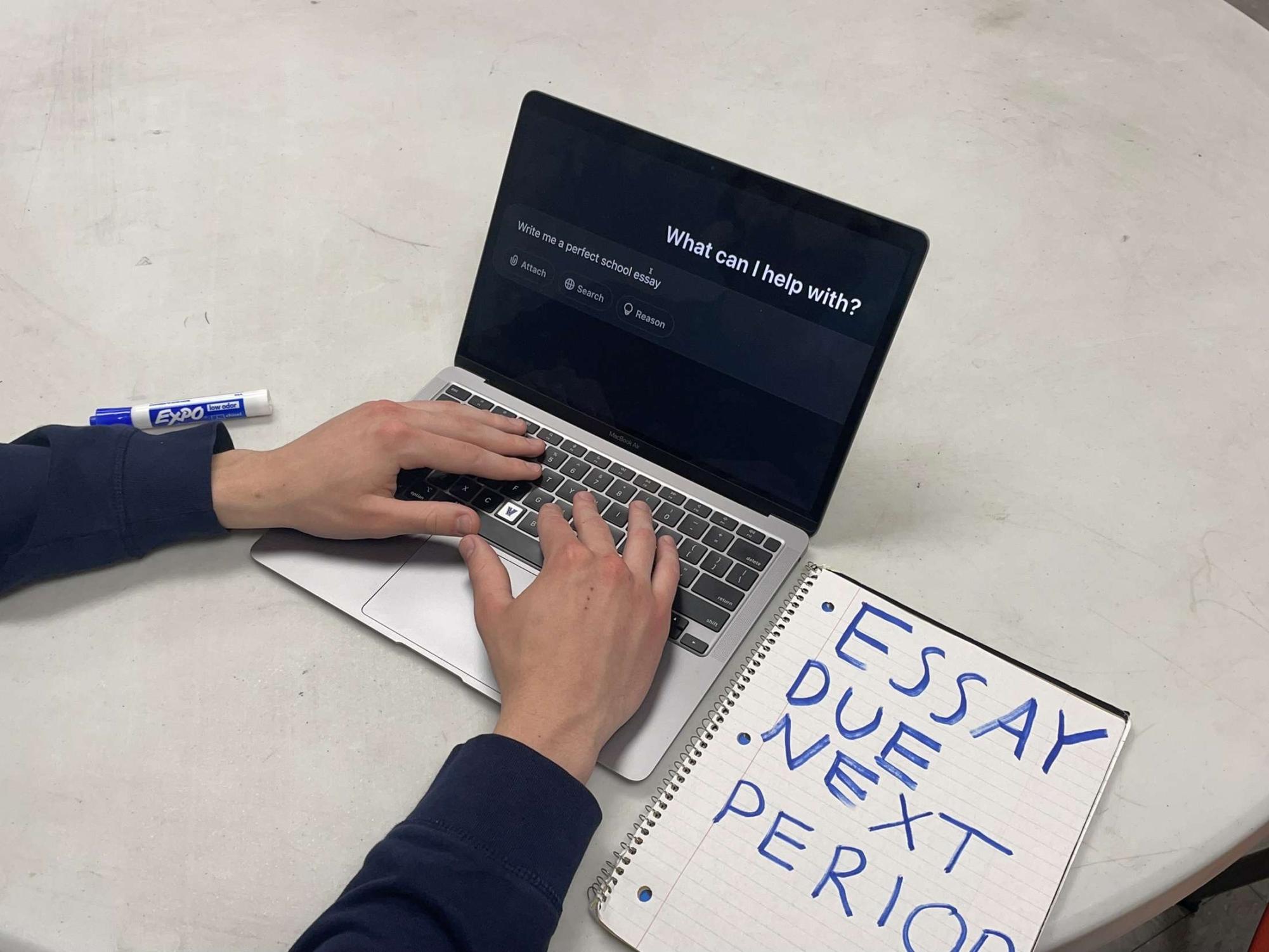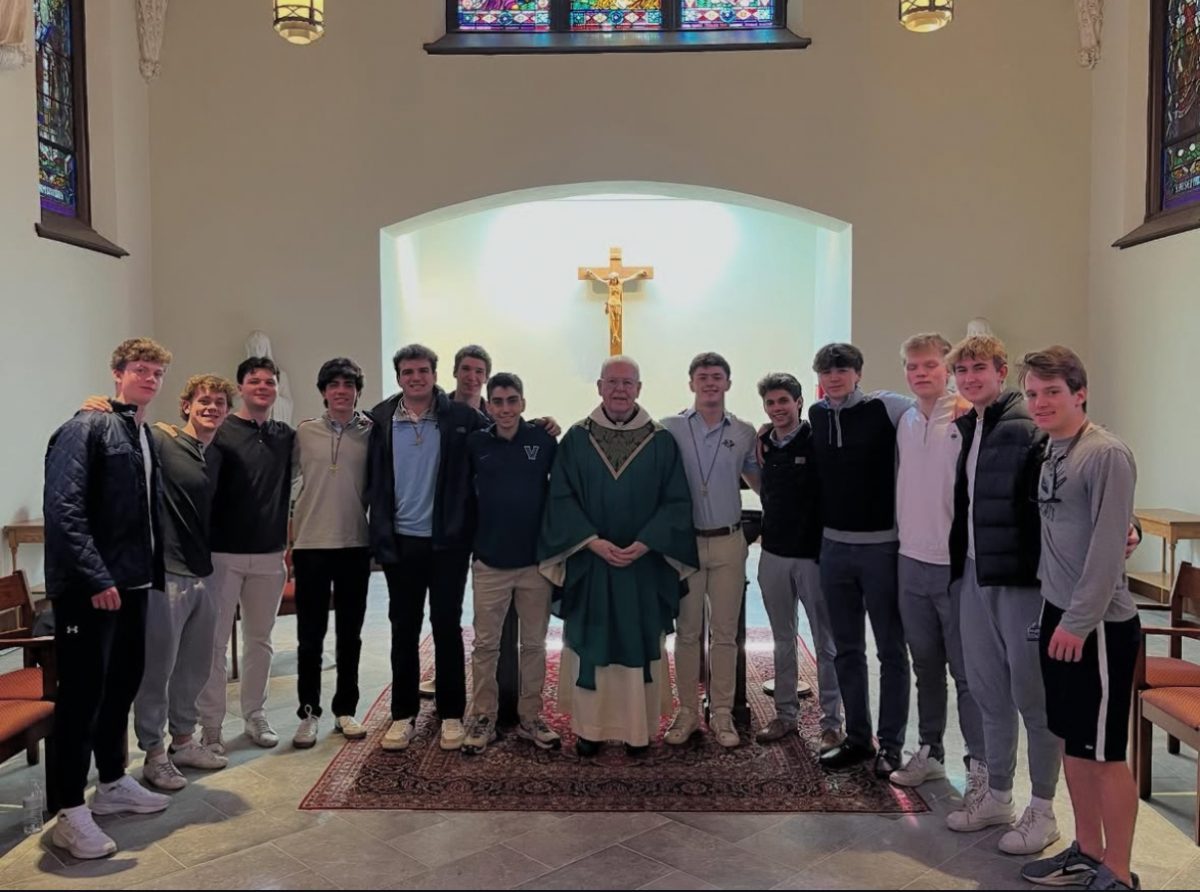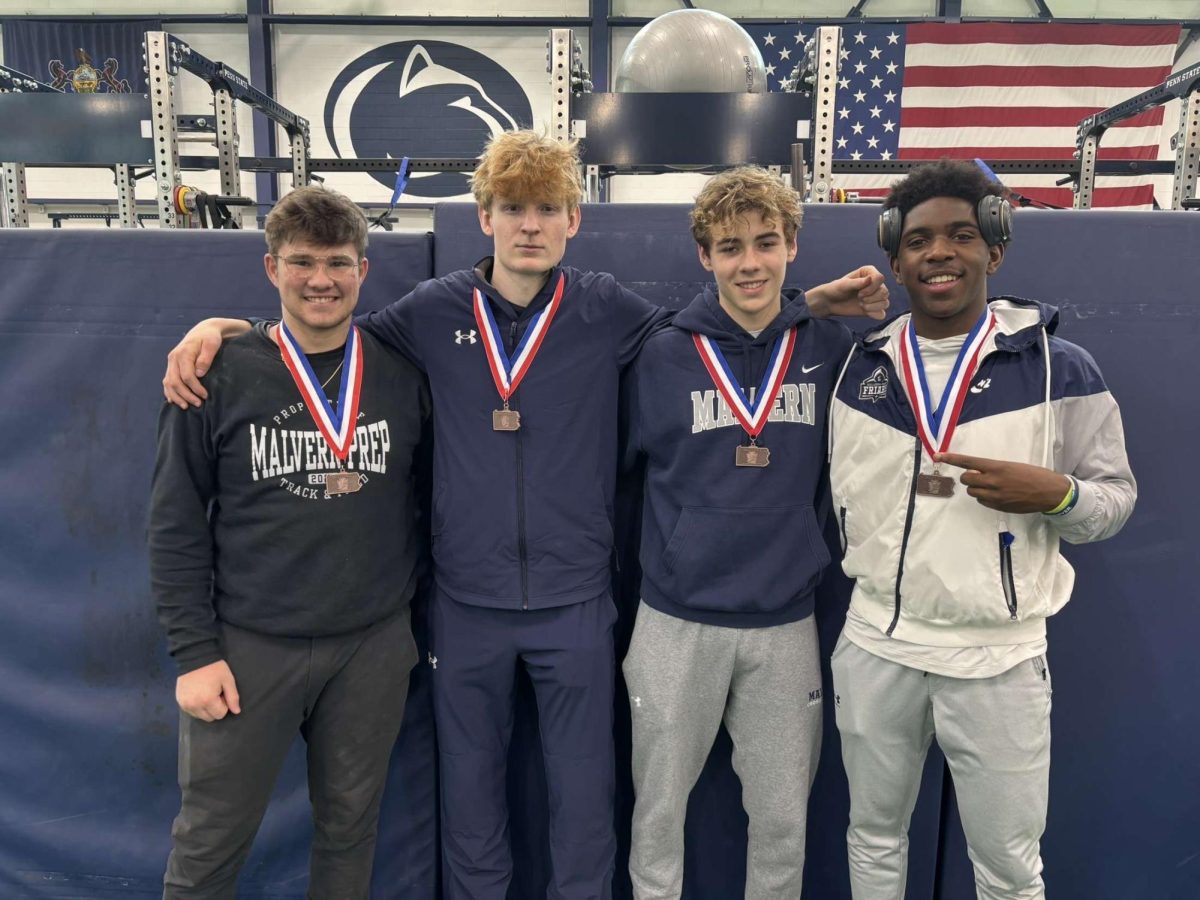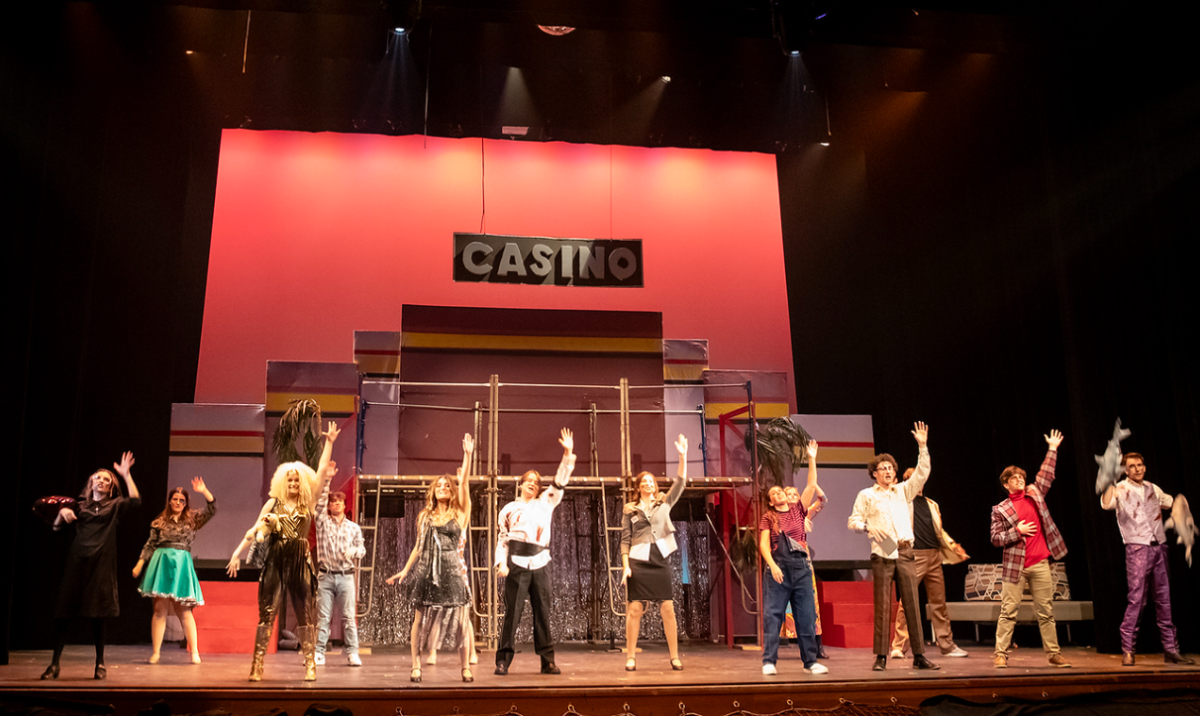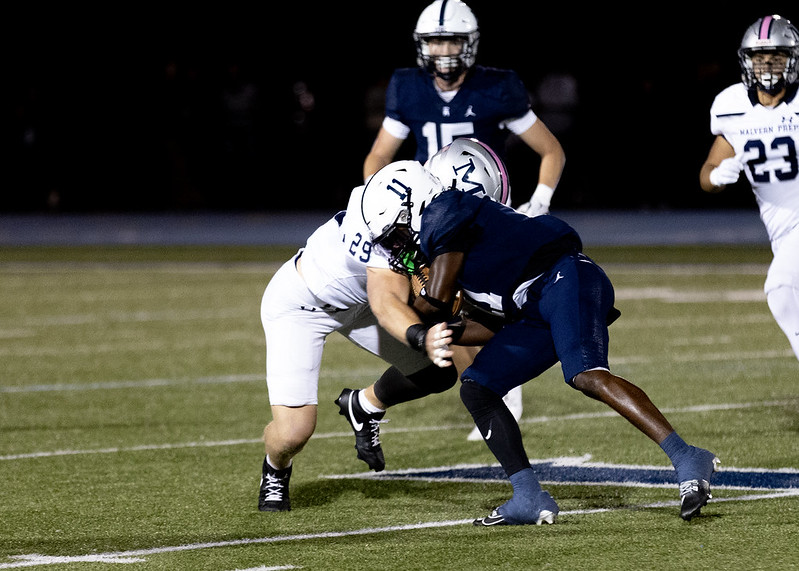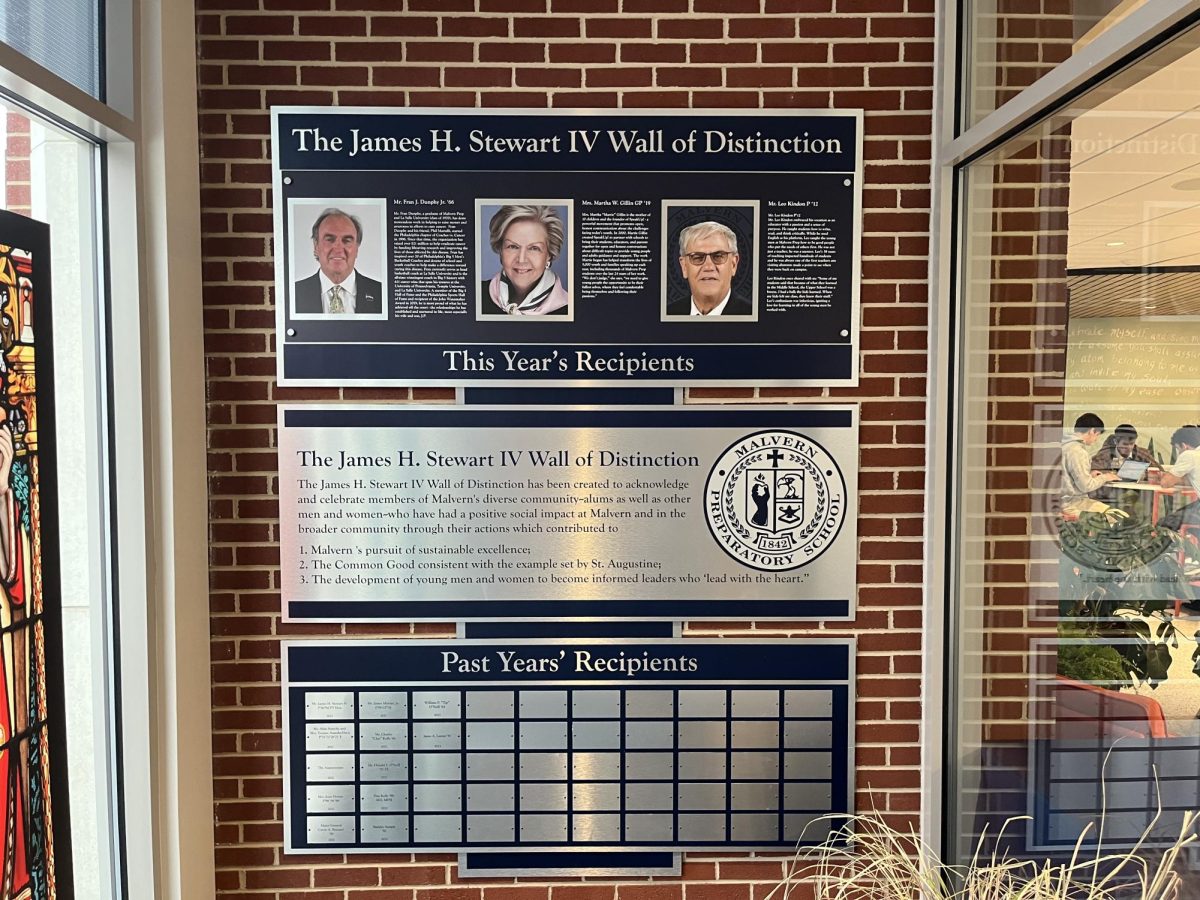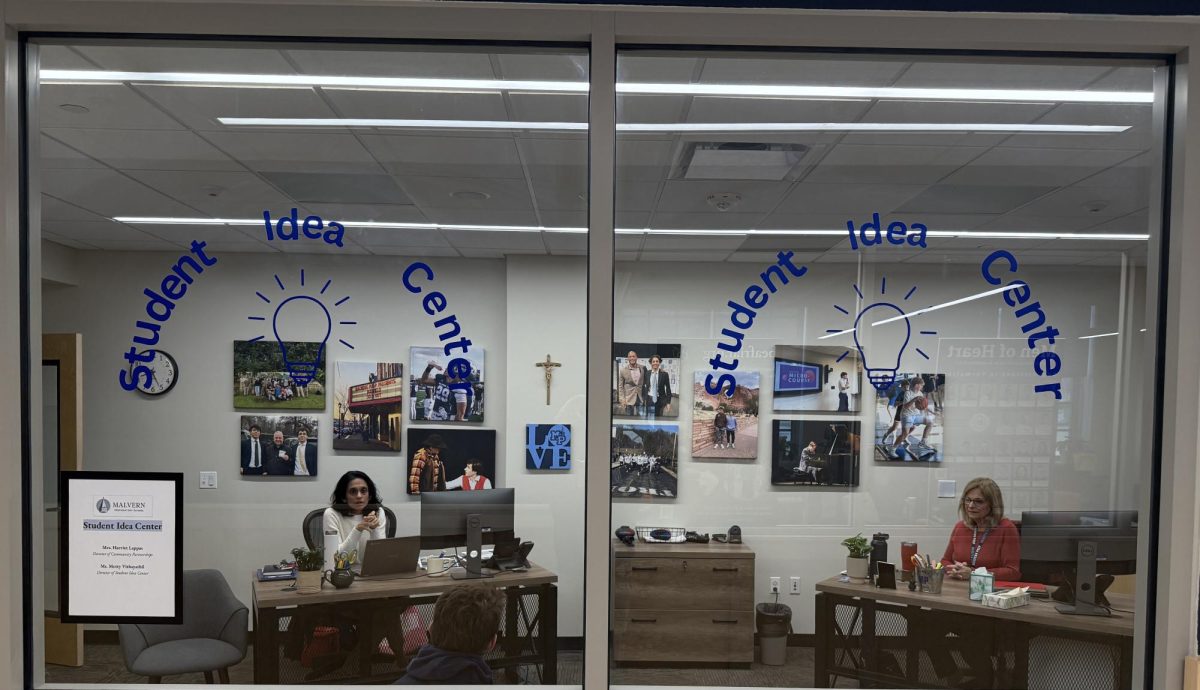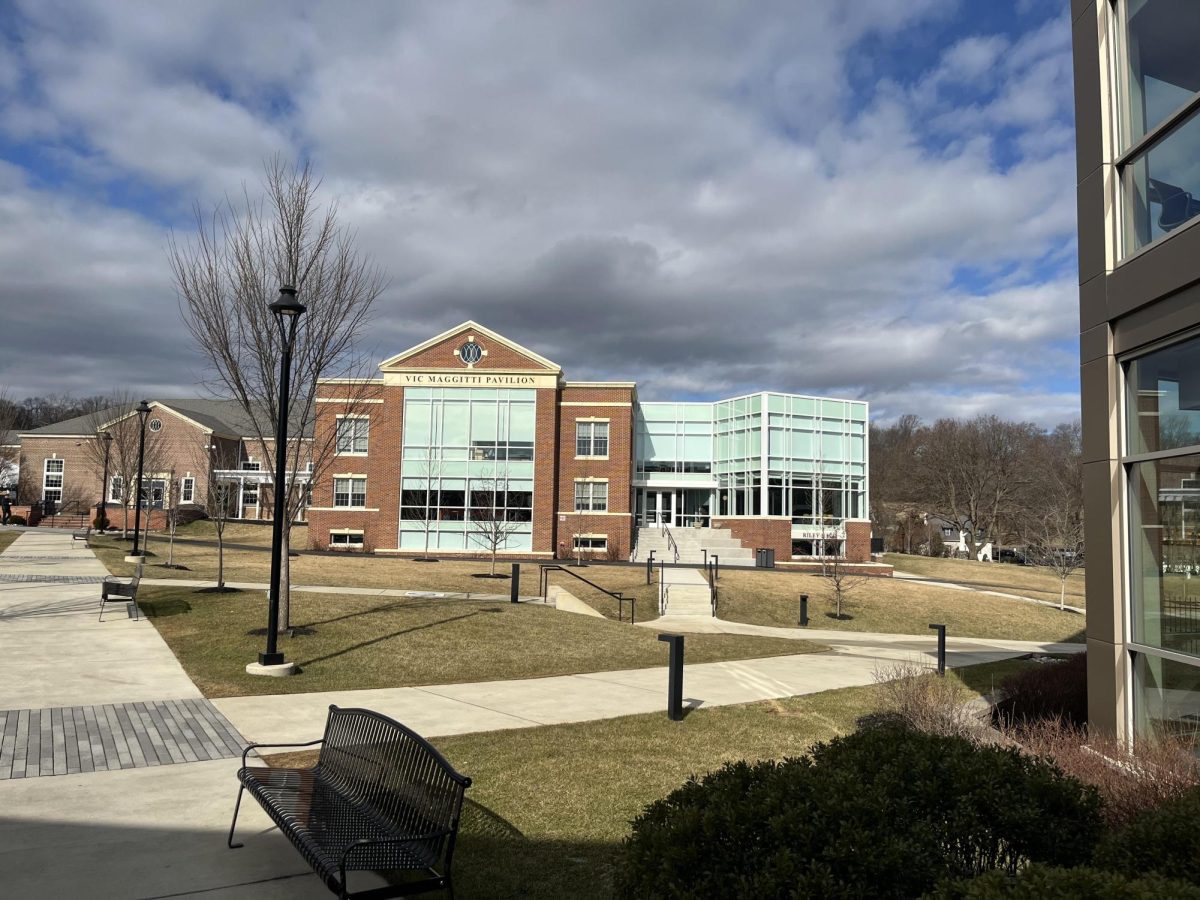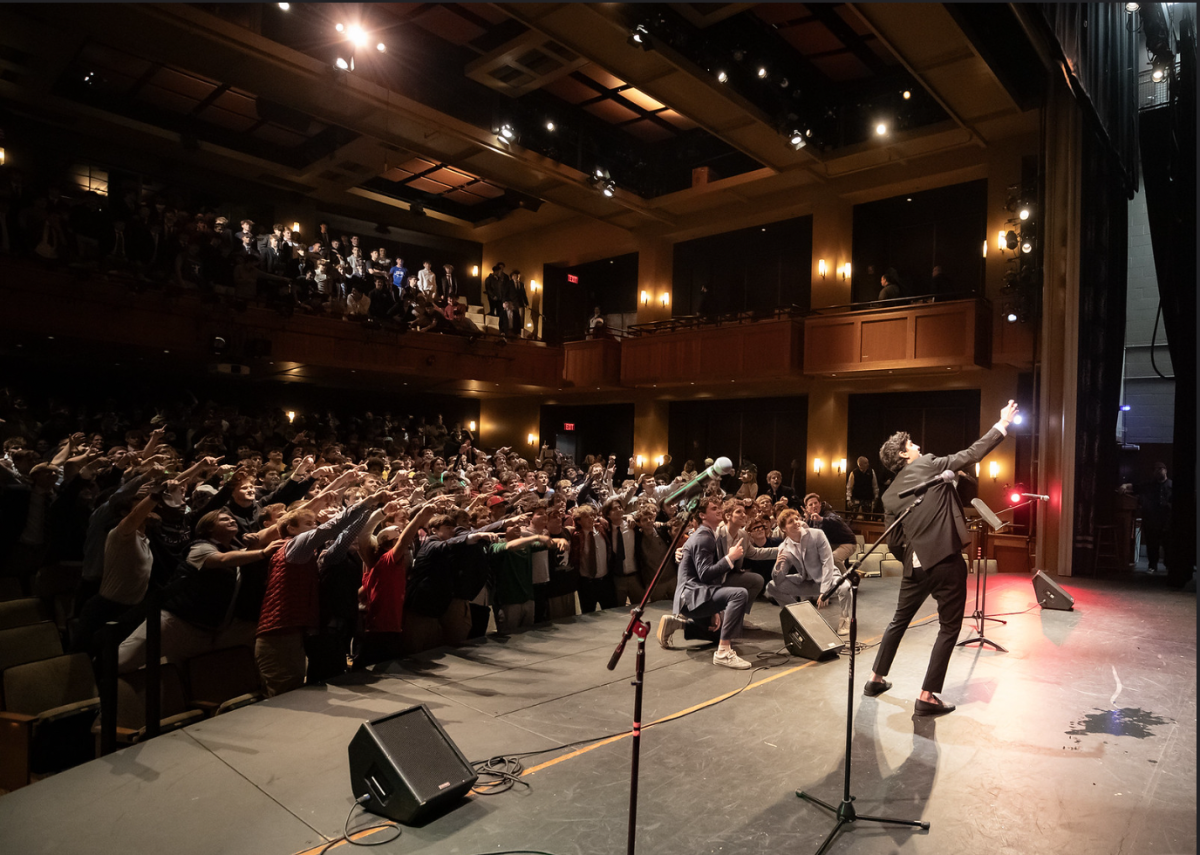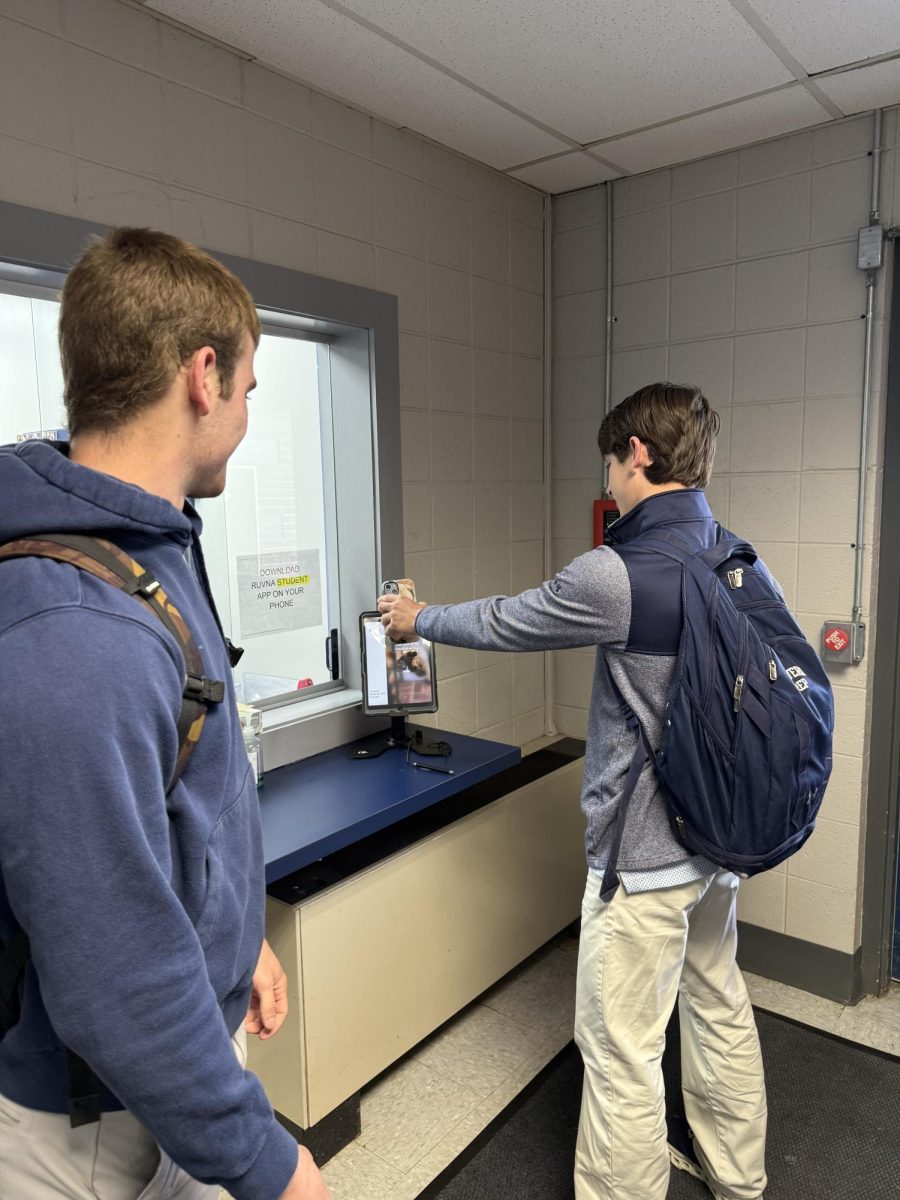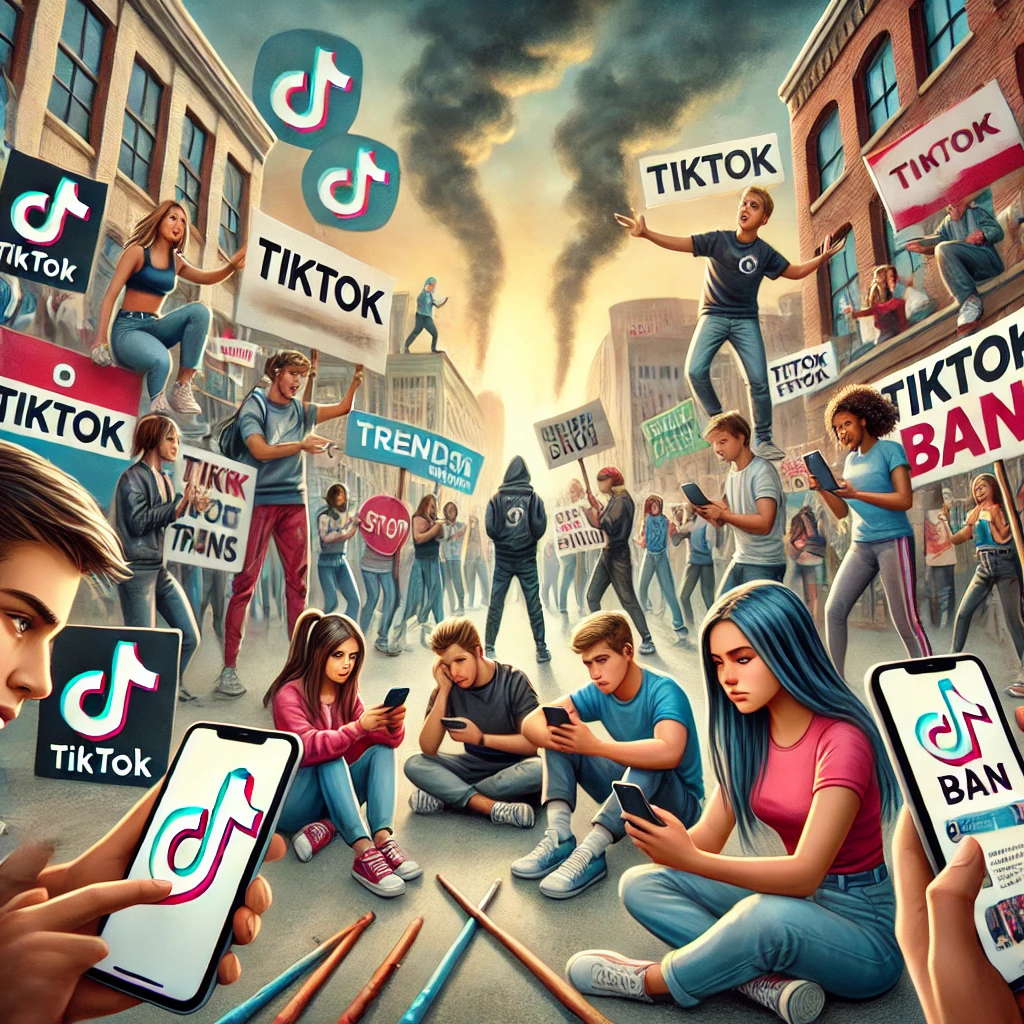Technological advancements in artificial intelligence (AI) are supposed to evolve schoolwork by offering learning support, explaining difficult concepts, providing personalized feedback, and more; however, in spite of their advantages, concerns about their overuse and questions about cheating and ethics have risen.
Mr. Jason Sammartino ‘04, Eleventh Grade Faculty Academy Leader and Upper School English Teacher, has noticed senior students in his AP Literature class using ChatGPT or other AI chatbots in a negative way on writing assignments. The degree of AI use greatly varies, and Sammartino is aware of the issue.
“It’s becoming more obvious to see AI work now than before, and there are a lot of issues wrapped up in using it right now that I think are impacting the way I think about assigning work for my classes. One of the most difficult parts of it is that it’s not provable. AI checkers aren’t accurate, and there are ways around having AI work detected that we know about,” Sammartino said.
In most cases, he noted, AI assistance with writing impacts writers’ skills like brainstorming, drafting, and editing. Sammartino highlighted the biggest effects he’s seen.
“I see it impacting creativity and critical thinking. While writing, as soon as a student starts to struggle with a concept and uses ChatGPT to make a hook or explain something further, I think we’re losing part of the effort in creativity and connection to the work,” Sammartino said.
Furthermore, Sammartino noted how ChatGPT and other AI models have caused teachers to change the ways they assess students. Now that students can use AI on essays and most homework assignments, teachers need to change their evaluative methods.
“Assessments that are two years old now need to be revised and edited. If somebody’s trying to assign the same type of writing that they did ten years ago, we have to change because that’s not going to work anymore,” Sammartino said.
Malvern teachers have been consistently meeting with academic administrators to discuss their experiences and the changes AI has brought to teaching.
“Three Faculty Academy Leaders are in the meetings, and we’ve shared that we all experience it in different ways,” Sammartino said.
A high-performing AP Literature senior, Austin Trout, talked about his AI usage. He revealed that it is possible to do honest work while using ChatGPT.
“I use it in a couple of ways. For one, I use it for brainstorming because it’s able to provide me ideas or angles to an issue that I never would have thought of. I also use it to condense large sums of information, study for tests, and edit my work. Overall, I find it very helpful and time-saving. However, where I draw the line is analysis. Whatever idea it makes me think of, I’ll do my own analysis on it,” Trout said.
At Malvern, many teachers also use AI platforms to improve their teaching. Mrs. AnnMarie Winfield, Upper School Math Teacher, makes her very challenging subject easier for students to understand by using AI.
“I have started using ChatGPT to create metaphors that students can then relate to a new concept or topic. It gives them a framework for making connections with what we are learning and how things go together,” Winfield said.
Sammartino uses ChatGPT when assigning homework and assessment rubrics to ensure an assignment’s fairness.
“When I’m designing major assessments, I may use ChatGPT for feedback on my instructions, grading, and rubric creation,” Sammartino said.
Head of Academics Mr. Tom Pannulla noted that uses like these are how AI tools can best serve schools like Malvern. Pannulla gave his thoughts on AI.
“I’ve worked through situations with students and teachers where ChatGPT specifically has been used in a way that’s been inappropriate. That signifies to us that we have a real need to educate students on the best uses of programs like that… I’ve also been in situations where it’s been done really well,” Pannulla said.
ChatGPT massively grew in popularity this year and will continue to evolve education worldwide. Pannulla mentioned many questions that Malvern is thinking about when addressing AI, potentially with official policy next year.
“How do we intertwine AI into our curriculum and lessons to show students that it’s not a system to get around things that we don’t want to do? Has AI and ChatGPT affected students or adults’ critical thinking skills? If so, in what ways can we address that to make sure that people know that it’s happening?” Pannulla said.
Everybody agrees that the longevity of AI is certain. Trout pondered the possibility of school policy addressing AI use.
“AI isn’t going away, and it’s only getting more and more common. If a policy is made, I don’t think it should completely ban its use. I think we should try to implement it in a hybrid approach so students can learn to use it in and post high school,” Trout said.
A high school in Texas, The Kincaid School, created the Generative AI Acceptable Usage Menu, including a graphic that clarifies which ways AI can be used. Sammartino mentioned that this menu was discussed by Malvern teachers and academic leaders.
“I wouldn’t say there’s total acceptance of the Kincaid menu. I think that’s why we would have to create one for our community. There are varying opinions on to what extent we should be letting students use this or not on essays or writing pieces. There’s certainly no total agreement,” Sammartino said.
Pannulla commented on official school policy and the complication of managing an ever-changing AI landscape.
“In terms of policy, I would look for parameters to be school-wide so that there’s no confusion around it. We know that anything that we put in place has to be malleable to the point that we can continue to shift,” Pannulla said.
Teachers often make their own classroom rules to ensure that they do what’s best for their specific subject. Sammartino mentioned how this might be complicated due to AI.
“I think we need a school policy on this. A lot of classroom rules are open to teachers to decide as they do their thing, but for a topic like this, where so much grey area exists, there needs to be clear-cut ideas and policies for appropriate usage,” Sammartino said.
Pannulla made it clear that something was in the works, whether it be specific updates to the student handbook, official policy, or an acceptable use menu.
“Students should expect to see something next year,” Pannulla said.
Mrs. Jessica Kenworthey, Upper School Theology Curriculum Coordinator and Teacher, shared her thoughts on school policy.
“Whatever we do, we cannot set it in stone. Two years ago, a group of Malvern teachers had a cohort on AI. Since then, we’ve noticed that it’s changing so fast, so it doesn’t pay to have a formal policy. By the time we develop and market a new policy, everything has changed… The most helpful thing we can do as educators is to help our students use this tool in an effective way that’s going to build them up. If not, we’re failing our students… If we do not equip our students here and now on how to use artificial intelligence with confidence, we are doing them a disservice,” Kenworthey said.
Pannulla emphasized how students and teachers should be united in their efforts to appropriately handle AI in our school environment.
“I hope that students understand that we can work together on this just as much as anything else. Generative AI is something that is going to be with us forever at this point. As a school, if our job is to prepare students, we have to work consciously together on that,” Pannulla said.


